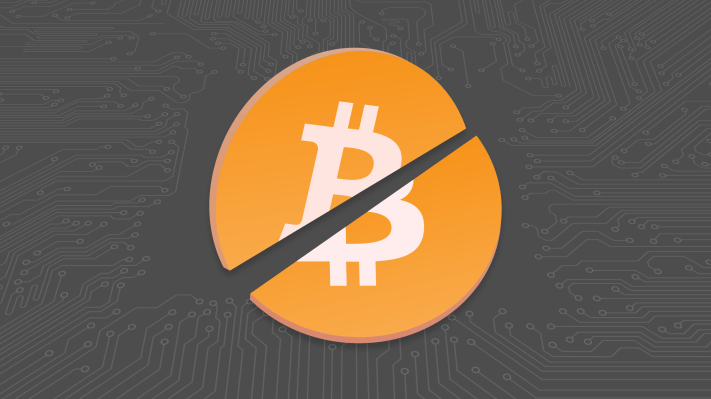Advocates for a bitcoin hard fork have now decided to cancel plans for the so-called SegWit2x fork. The bitcoin blockchain was supposed to split into two blockchains in roughly 8 days. But it looks like SegWit2x backers couldn’t convince enough people in the bitcoin community to make the SegWit2x blockchain the new mainstream bitcoin blockchain.
The SegWit2x fork should have increased the block size to 2 megabytes. This change could have helped when it comes to bitcoin scalability.
But it has always been a controversial change and many bitcoin companies have not actively supported the move. So many feared that this fork could have split the community into two branches.
“Although we strongly believe in the need for a larger blocksize, there is something we believe is even more important: keeping the community together,” the note says. “Unfortunately, it is clear that we have not built sufficient consensus for a clean blocksize upgrade at this time. Continuing on the current path could divide the community and be a setback to Bitcoin’s growth.”
In other words, in order to keep the community together, SegWit2x backers have decided to call off the fork. The announcement has been signed by BitGo’s Mike Belshe, Xapo’s Wences Casares, Bitmain’s Jihan Wu, Bloq’s Jeff Garzik, Blockchain’s Peter Smith and Shapeshift’s Erik Voorhees.
They all met in person earlier this year in New York to agree on this two-part plan. The first part was a bitcoin update called Segregated Witness. This soft fork already happened back in August.
With SegWit, data is stored differently in each block — it leads to some nice bitcoin features. First, the SegWit updates improves the transaction capacity of the blockchain. It is also compatible with outdated versions of bitcoin software.
Lightning Network are now also possible thanks to SegWit. Lightning Network is a sidechain implementation that could solve many of bitcoin’s scalability issues. Instead of routing every transaction through the blockchain, transactions between two addresses could happen on a sidechain and you could settle those transactions every now and then with the main blockchain to ease the load.
The second part of this plan was the SegWit2x hard fork. While this fork won’t happen, SegWit is here to stay. So let’s see if companies and developers are going to take advantage of SegWit in the coming months.
Disclosure: I own small amounts of various cryptocurrencies.
